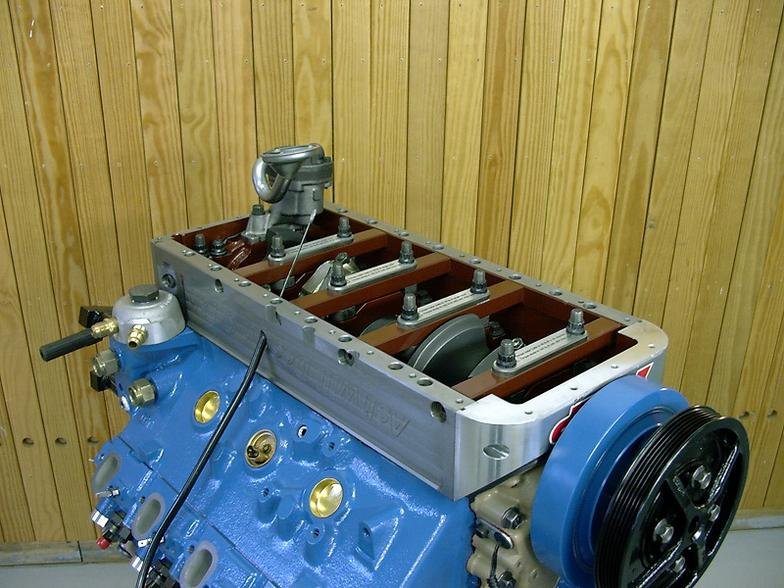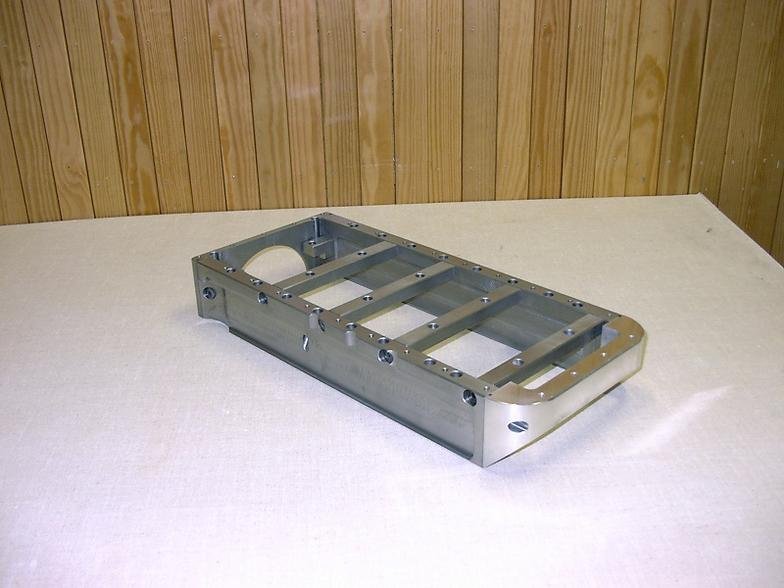Mine. '08 block.
Problem is nobody checks for cracks inside the crankcase until their next rebuild so nobody can prove beyond reasonable doubt that it was over torquing of studs that caused the web stress crack(s) and not engine imbalance or harmonic balancer neglect.
Problem is nobody checks for cracks inside the crankcase until their next rebuild so nobody can prove beyond reasonable doubt that it was over torquing of studs that caused the web stress crack(s) and not engine imbalance or harmonic balancer neglect.
Last edited:


